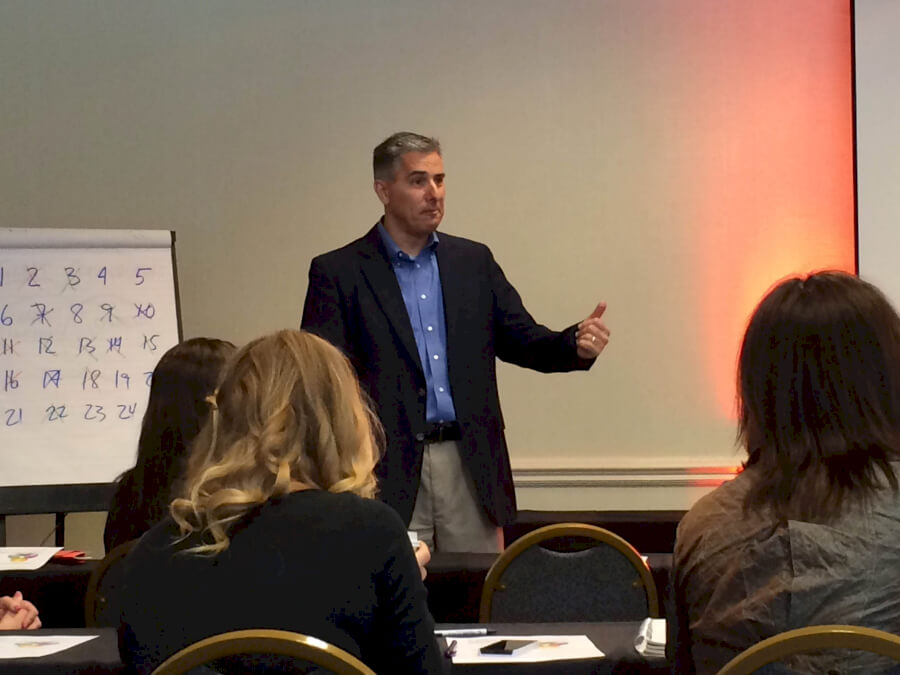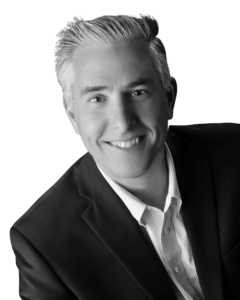As a public speaking coach, I have a simple confession to make:
When I was learning my way as a communicator, my primary method of improving myself was observation and study. I watched thousands of speakers with one basic discriminating question in mind:
What are they doing well that I need to emulate?
and …
What are they doing poorly that undermines the intent of their message?
The results of those observations were put on napkins and notepads and Evernote entries. Most made it to our blog. With the able help of editing maven Karin Wiberg, the core thoughts became our textbook: Presentation Sin. Along the way, we’ve had fun with our video series What Not To Say. I wrote another book with more captured observations with Stan Phelps in Silver Goldfish. We’ve started a new season of our podcast, the MillsWyck Minute. I’ve had to create a set of reproducible behaviors and guidelines that other instructors can espouse and teach: The MillsWyck Method. All that content leads to this confession: I’ve only had about two original thoughts. Since Aristotle studied this two millennia ago, what works and what doesn’t is pretty straightforward. Which leads us to our belief that getting people to practice the correct behaviors is the core challenge and focus of our seminars, Workshops, and Personal Coaching.
Want more speaking tips? Check out our Free Resources page.
Author Alan Hoffler, Public Speaking Coach, Trainer, and Keynote Speaker
Communication matters. What are you saying?




